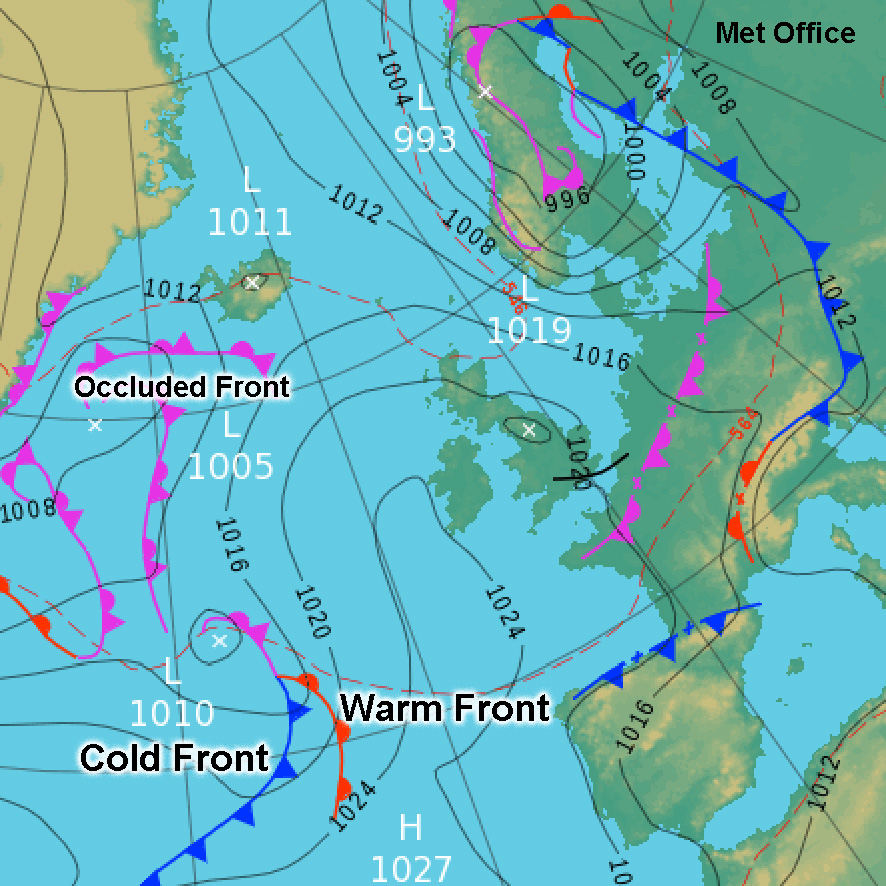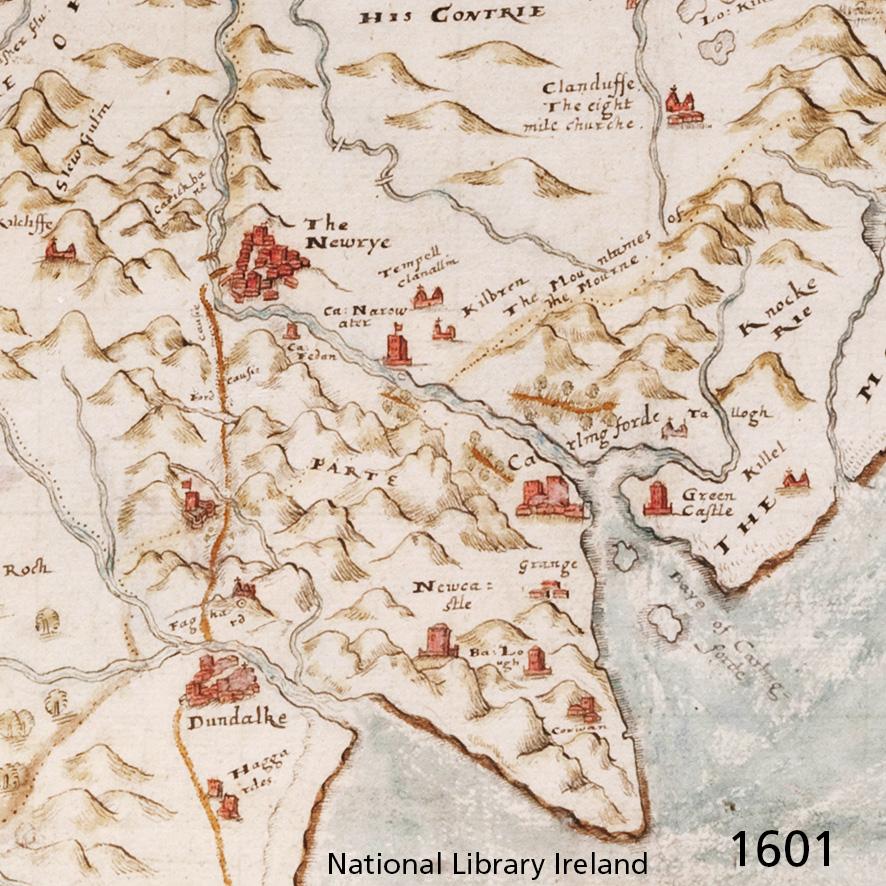The curious case of Prince William’s Seat or Clusnaspeire
Prince William’s Seat is the Ordnance Survey name for the hill of 555 metres in height on the Dublin & Wicklow county boundary. How it acquired this name is often the subject of conjecture. Here are some thoughts but note that as the ‘evidence’ is complicated, I’ll just list the basics that I know of. I’ll expand on a couple of points in more detail later:
Firstly, we must consider two hills – the hill named above and the adjacent hill about one kilometre west, labeled as Knocknagun by the OS and of similar height.
Knocknagun. The summit of this round hill is dominated by a large granite tor (see photo) which lies just south of the top. This is called Cloughnagun on Neville’s map of 1760 and I find that local hill farmers still know it by exactly the same name. This most likely represents Cloch na gCon, the rock of the hounds. The name ‘Fitzwilliam’s Seat’ is also recorded for this rock and described as a place where gentlemen fowlers would rest when out shooting. A Fitzwilliam family owned land hereabouts in the 1600s. When enquiring after the name ‘Prince William’s Seat’, one local in particular said this was another name for Cloghnagun. The prefix Knock from Cnoc meaning a hill is either a variation on Cloghnagun or a corruption of it.
Prince William’s Seat. This hill has a more pointed shape with views over the coastal strip and the top carries a trigonometric pillar. It was not a primary triangulation pillar but probably part of the secondary triangulation network and used for sightings along the coast. The current concrete pillar most likely dates from the retriangulation of Ireland in the 1960s but I think this was also likely an observation post in the detail survey of Wicklow in 1836-37. It would have been common practice to name such observation pillars and the OS sappers of the day most likely gave it this name. They may have been aware of the adjacent Fitzwilliam’s Seat and mixed it up either deliberately or inadvertently. If it is named after a British monarch, it’s most likely for William IV who reigned from 1830-1837.
There are three other names associated with this hill: Duncan’s map of 1821 labels it as Glencullen Mountain, a name still in use for the townland on the northern flanks. A Powerscourt estate map of 1816 gives the name The Fool Stone on this height. The Quinn brothers whose family grazed this land until recent decades tell me their father called this height by the name Clusnaspeire.
I think we may consider it likely that there was sort of cairn or rock on this height, prior to the OS occupying it in the 1830s. It’s quite likely that they may have knocked whatever was there and used it for their survey pillar and or shelter. Is there any relationship between the English ‘Fool Stone’ and what has come down as ‘Clusnaspeire’? If there is, two elements strike me – firstly many anglicised Irish placenames prefixed with a ‘Cl’ sound, frequently are shortened versions of Cloch, a stone or rock. Speire could be some form of Spéir, the sky but possibly related to Spéirbhean, a term used for a beautiful woman, perhaps it had an older related meaning more connected with foolishness?
Edited to add: I see from the eDIL dictionary that the word speir or speire is associated with roundness, equal roundness, a cone or a spur. I’m trying to recall what this summit looks like when viewed from Cloghnagun or Ravens Rock. I don’t think it’s as striking as say Maulin but it does have a bit of a pointy shape alright, so perhaps Clusnaspeire represents ‘the rock of the rounded pointy height’, though it’s hard to see how the ‘s’ sound came into it. Reading PW Joyce writing in 1873, he gives that the word ‘clais’ meaning a trench is sometimes anglicised as ‘Clos’ – so an alternative meaning might be ‘the trench of the rounded pointy height’. The trench here being the mearing ditch that separates Dublin from Wicklow.
Further edited to add that ‘speir’ refers to shanks and thin things, ‘speireach’ can mean a long legged, lanky youth. It also seems to have slightly derogatory sense for someone who is a bit scattered. It could be a variation on the phrase Farbreaga as in a ‘fear bréige’, a false man. If so, and given the ‘Fool Stone’ evidence, then Cloch na Speireach seems likely or Clochnaspeire.




